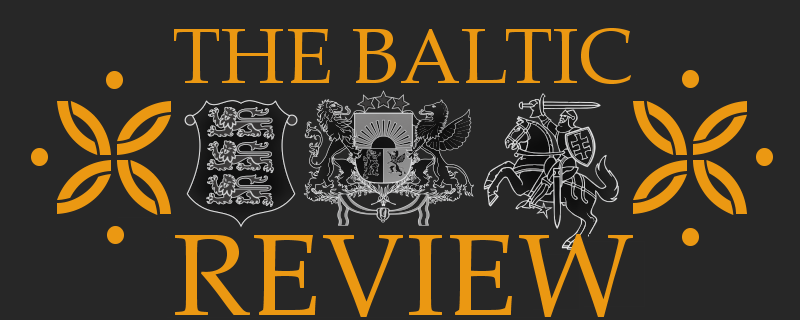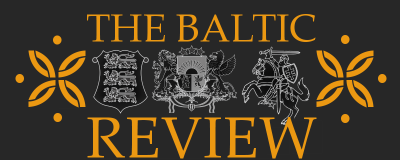Archaeological data show that a large part of northeastern Europe, approximately from Moscow to Berlin including the northen part of the Dniepr Basin, was Baltic-speaking territory during the 1st millennia B.C. and A.D. Slavs entered this area later.
This territory was covered by near-impenetrable forests and was far from the major migration and more important trade routes. These factors facilitated the preservation of an extremely archaic language family.
Baltic – This name was derived from the Baltic Sea
The term ‘Baltic‘ as a common name for Latvian, Lithuanian, and Old Prussian was first used by the German linguist Ferdinand Nesselman in 1845.
This name was derived from the Baltic Sea.
Lithuanian belongs to the Indo-European family, and is descended from the East Baltic branch.
Only Lithuanian and Latvian have survived from this large family.
The Baltic, the Slavic, and the Germanic languages have many common traits; there are even more similarities among the Baltic and Slavic languages. These similarities have given rise to various theories: some researchers claim there was a common Balto-Slavic stage after the break-up of the Proto-Indo-European, others consider them to have resulted from convergence.
[divider]Video[/divider]
Baltic Tribes
Visual storytelling examples for popular science documentary “Baltic Tribes” 2015
Baltic Tribes: Kurši
Source: The Linguistics Research Center of Texas





























Comments